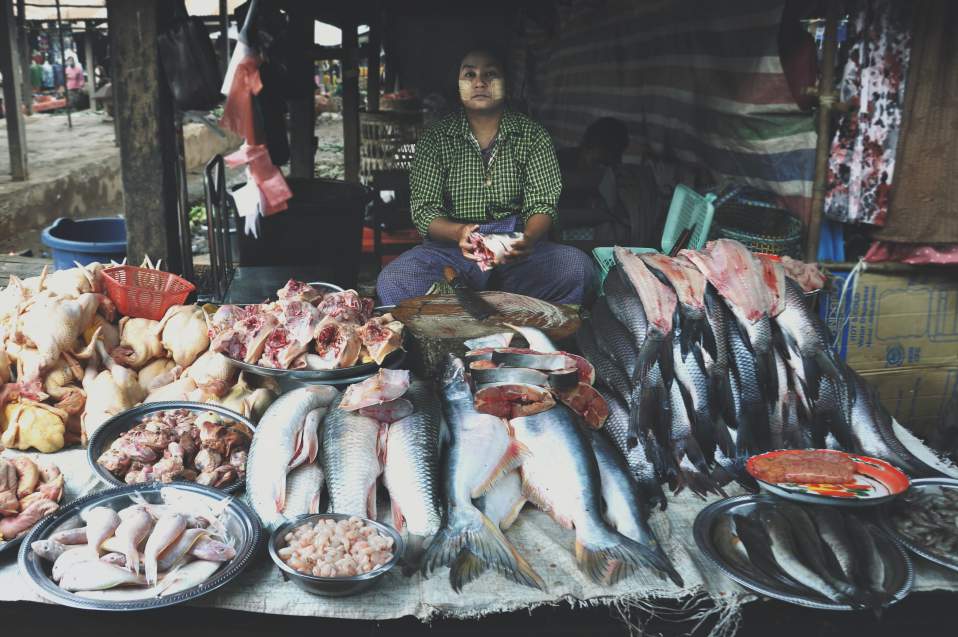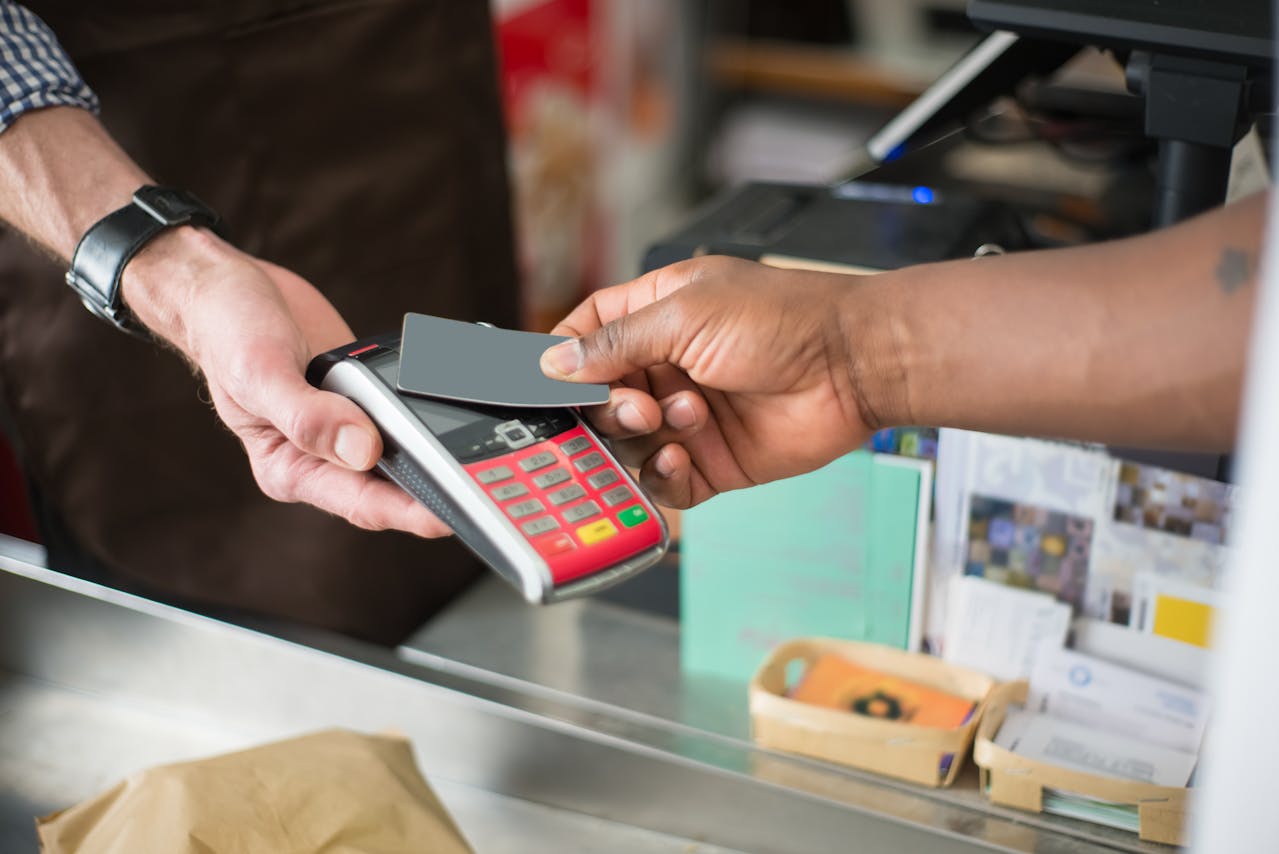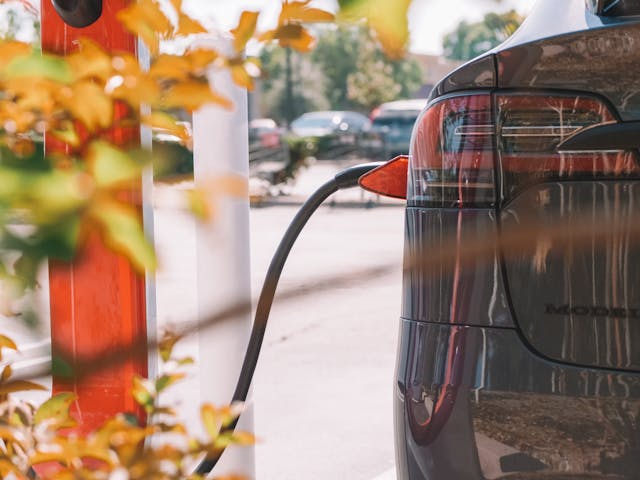

As part of the effort to mitigate the economic impact of the global pandemic, Myanmar launched its COVID-19 Economic Relief Plan (CERP) on April 29, implementing new measures and response plans starting from monetary reforms, increasing government spending to strengthening Myanmar’s healthcare system.
The Ministry of Planning, Finance, and Industry (MOPFI) stated that the plan includes 7 goals, 10 strategies, 36 action plans as well as 76 actions to flatten the curve without flattening the country's economy. At the same time, the government is also working to establish foundations that will facilitate Myanmar’s rapid economic recovery.
The CERP focuses to improve the microeconomic environment through monetary stimulus; ease the impact on the private sector by improving the investment, trade and banking sectors; assist laborers, workers, and households; promote innovative products and platforms; strengthen the healthcare system; and also increase access to COVID-19 response financing, including contingency funds.
Among the provided monetary stimulus for macroeconomic improvement, CERP has lowered the bank’s deposit and lending rate ceiling by 3% and lowered the minimum Minimum Reserve Requirement on banks by at least 150 bps. The government is also planning to conduct credit auctions as necessary and temporarily reduce Treasury Bond/Bill auction sales.

In order to ease the impact on the private sector, CERP has provided 100 billion kyats 1-year working capital loans for affected MSMEs and CMP, particularly hotel/tourism sectors at 1% interest rate per annum. The plan shows that the fund size will increase to 200-500 billion kyats by the end of 2020.
Furthermore, the government has eased deadlines for tax payments and provided tax exemptions for Myanmar-owned businesses. Businesses will be exempted from paying the 2% advance income tax on exports until the end of the current fiscal year.
CERP is also seeking to promote the use of available mobile payment services and ensure e-commerce and social-commerce sales only accept electronic money through bank transfers or mobile payments or card payments.
Adding to that, the Ministry of Commerce and the Ministry of Transport and Communications are encouraging retail businesses to make use of existing local/overseas e-commerce or social-commerce websites where they can post their products and sell online. Under this plan, the government is also promoting delivery/logistic firms to provide delivery services to online customers.
CERP also aims to ease the impact of COVID-19 on workers by extending healthcare benefits for unemployed Social Security Board (SSB) members from 6 months to 1 year. Medicine and travel benefits have been extended for the same period.

Meanwhile, in order to ease the impact on households, electricity tariffs has been exempted up to 150 units per month by the Ministry of Electricity and Energy. As for cash and in-kind-transfer, the General Administration Department has provided in-kind food transfers to vulnerable households and at-risk populations. Benefits for MCCT and social pension beneficiaries will also be topped up.
Under the plan to strengthen the healthcare system, the government will ensure the provision of adequate facilities, staff, and equipment at quarantine centers/facilities as practically as possible. Myanmar will immediately import required medical-related products for COVID-19 prevention, control, and treatment, including but not limited to, masks, PPE, drugs, ventilators, ICU equipment, and cardiovascular support tools.
Focusing on preventive measures, the government will increase disinfection coverage areas through the use of mobile disinfection teams and also establish mobile mass testing teams. Before the end of 2020, state and region governments have to improve waste/waste-water management and drainage system cleaning.

Digital Lending in Southeast Asia: Current Trends and Future Outlook
Digital lending in Southeast Asia (SEA) has been on an upward trajectory, significantly enhancing financial access for both individuals and businesses. The region's high internet and mobile penetration rates have facilitated this growth, enabling more people to access financial services conveniently. Governments across SEA are actively promoting digital lending as a means to improve financial inclusion, particularly for the underbanked and unbanked populations. For instance, digital lenders in countries like Indonesia and the Philippines have capitalized on the surge in internet usage to offer innovative lending solutions.

The Latest Trends and Developments in SEA’s Digital Payments Landscape
The adoption of digital payments in Southeast Asia (SEA) has accelerated, driven by technological advancements, government initiatives, and changing consumer behaviors. It has evolved from simple online transactions to sophisticated financial ecosystems that include various payment methods such as mobile wallets, QR code payments, and Buy Now Pay Later (BNPL) options.

Navigating the Digital Era: Future Jobs and Skills in the Age of Digitalization
The job market's transformation driven by digitalization highlights the need to understand emerging trends and acquire essential skills for thriving.

Navigating Key Challenges in Southeast Asia’s EV Market
Southeast Asia (SEA) finds itself at a crucial juncture in the journey towards electric vehicle (EV) production and adoption as the world transitions towards sustainable transportation solutions. The region has several significant keys for developing the EV industry, such as Indonesia's nickel supply and Thailand's EV manufacturing potential. However, the ASEAN EV industry faces many challenges and threats that must be overcome to ensure success in the region.